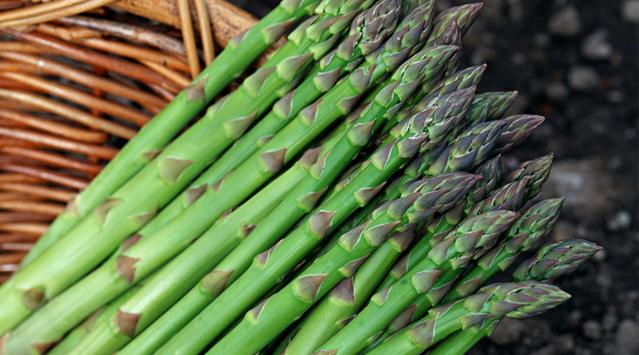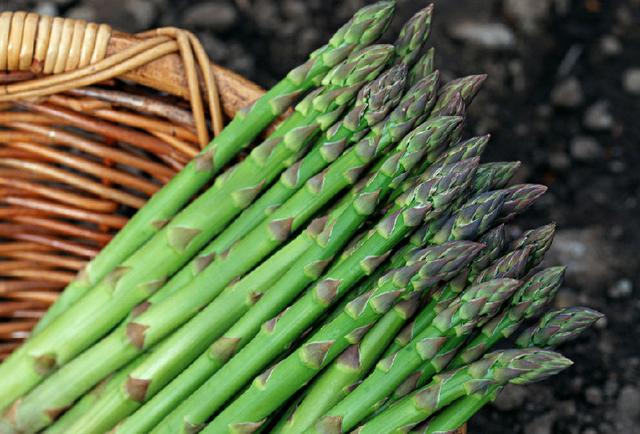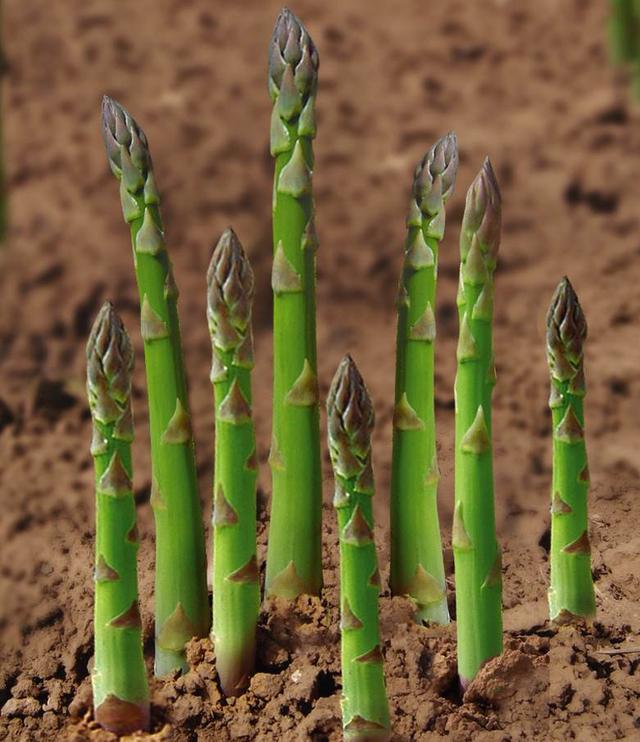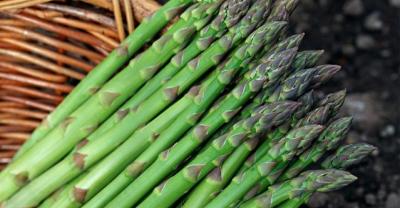Grow asparagus at home

The editor recently found that some people have transferred their enthusiasm for growing flowers to growing vegetables. A few days ago, a flower friend consulted the editor on how to grow asparagus in the family. There are many advantages in growing vegetables in the family, so today Xiaomei will introduce how to grow asparagus in the family.
Asparagus, also known as asparagus, asparagus. Asparagus young stem unearthed green after light, called green asparagus, mainly for fresh food, soil softening is white, called white asparagus, mostly used as canned food raw materials. Asparagus has delicious taste, rich nutrition and high medicinal value. it can lower blood pressure, prevent and cure cardiovascular, urinary, lymphatic and other diseases, and has a unique anticancer effect.

Determination of sowing time: according to the temperature requirements of asparagus seed germination. Sowing in the open field should start when the ground temperature is above 10 ℃. The soil temperature above 30 ℃ hinders seed germination and young stem growth, so it is not suitable for sowing. Generally speaking, the growing season is short in the north, only sowing in spring, while in the south, in addition to spring sowing, autumn sowing is also feasible.

There is a point to note in asparagus planting, that is, asparagus seeds need to go through a low-temperature vernalization process, so the seeds need to go through pre-treatment, after winter low-temperature vernalization, sowing next year is the most suitable.
Treatment before sowing:
Due to the leatherization of asparagus seed coat, poor water permeability, slow water absorption, different depth of seed dormancy, slow germination at low temperature and long seedling emergence period, the following methods can be used to accelerate its germination and emergence:
Soaking seeds: before sowing, soak the seeds at the water temperature of 20: 25 ℃ for 2 days. Change the water every morning and evening.
Low temperature treatment: after soaking the new seeds, the seeds were treated at 0: 5 ℃ for 60 days, or the seeds and moist yellow sand were stratified in the open field for the winter, in order to complete the dormancy period.
Seed selection: one-year old seeds are selected for sowing, but should be kept in a dry and closed place.
Watering: pay attention to water supply from sowing to seedling emergence to prevent drought. When sowing in the drought period, the bottom water should be thoroughly watered and sown when the soil water content is suitable. Plastic film should be covered after sowing to prevent water evaporation, increase soil temperature and promote seed germination.

Asparagus cultivation management: asparagus has strong adaptability to temperature, both cold and heat-resistant. When planting asparagus, the soil should choose loose and fertile soil rich in organic matter and good air permeability. In addition, asparagus is extremely impatient and stagnant water can lead to root rot and death. Pay attention to drainage in the rainy season.
Advertisements (adsbygoogle = window.adsbygoogle | | []) .push ({})
The grassroots world, the grassroots of the world, brings you all kinds of eye-opening grassroots information every day.
For more wonderful content, please follow the grass-roots platform Wechat official account: cg00200
- Prev

High-yield planting techniques of Lentinus edodes
The common formula of culture material is mixed sawdust or mulberry branch powder, cottonseed hull, Reed, Osmunda Osmunda, grass powder such as 78%, wheat bran or bran plus rice bran 20%, gypsum, sugar 1% each.
- Next

How should Artemisia annua be planted?
How should Artemisia annua be planted? Despite the fact that chrysanthemum chrysanthemum is so common in our lives nowadays, it can only be enjoyed by emperors in ancient times.
Related
- Fuxing push coffee new agricultural production and marketing class: lack of small-scale processing plants
- Jujube rice field leisure farm deep ploughing Yilan for five years to create a space for organic food and play
- Nongyu Farm-A trial of organic papaya for brave women with advanced technology
- Four points for attention in the prevention and control of diseases and insect pests of edible fungi
- How to add nutrient solution to Edible Fungi
- Is there any good way to control edible fungus mites?
- Open Inoculation Technology of Edible Fungi
- Is there any clever way to use fertilizer for edible fungus in winter?
- What agents are used to kill the pathogens of edible fungi in the mushroom shed?
- Rapid drying of Edible Fungi

